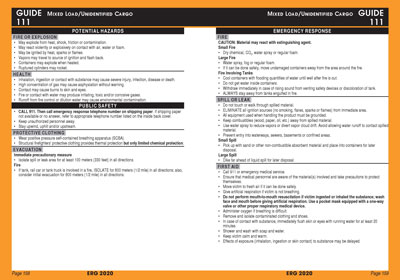Response Guidance and Intervention Tactics
The following tactics apply to all BESS incidents, at any stage of battery failure.
Upon dispatch:
- Access dispatch information related to the presence of a BESS at the incident location.
- Have the dispatcher request a response from CPS Energy.
Upon arrival:
- Conduct a comprehensive 360-degree size-up of the scene, if possible.
- Assume command, coordinate resources, and confirm evacuation of the structure.
- Review, interpret, and verify data available remotely from the BMS.
- Use extreme caution if a large amount of white vapor or smoke is present in or around the battery enclosure.
- Consult with the vendor or property owner about system disconnect options.
- Electrically isolate the system and work with CPS Energy personnel to verify grid disconnect.
- Prepare for an incident spanning multiple operational periods, with persistent shock hazards and re-ignition potential. Batteries retain their stored energy despite system disconnection and discharge.
When initiating operations:
- Identify the stage of battery failure. If possible, initiate mitigation strategies such as electrical isolation, ventilation, and cooling.
- If thermal runaway is underway, prioritize life safety over property conservation. If components are on fire or releasing large amounts of vapor, recognize that the system is not salvageable, and if possible, let it burn. In most cases, a free-burning condition will prevent the buildup of explosive gas.
- Protect personnel operating on the incident scene through distance and shielding.
- Evacuate occupants per the Emergency Response Guidebook (ERG) Guide 111, Mixed Load/Unidentified Cargo, and Guide 147, Lithium Ion Batteries. Consider sheltering adjacent occupants in place if they are not in immediate danger.
- Integrate all data sources to form an operational picture for data-driven incident management.
- Identify system components and battery chemistry; confirm this information with the vendor or technical advisor.


